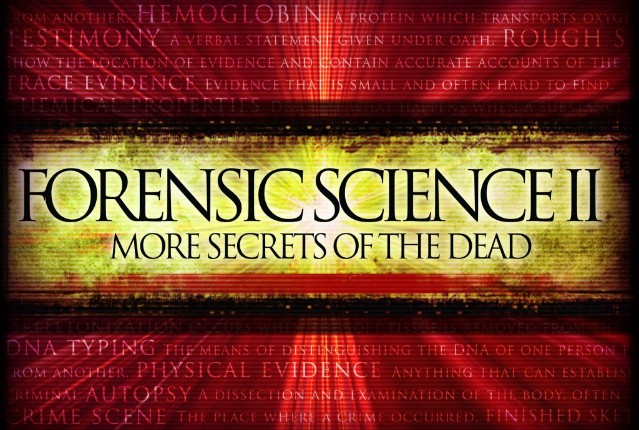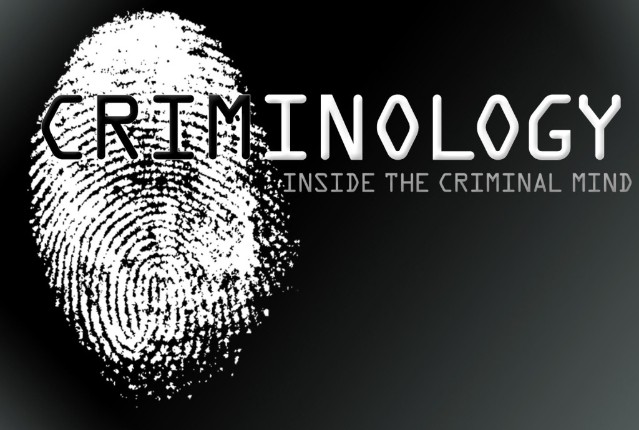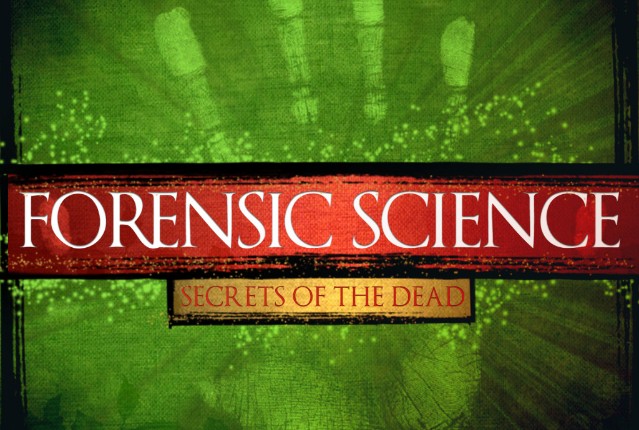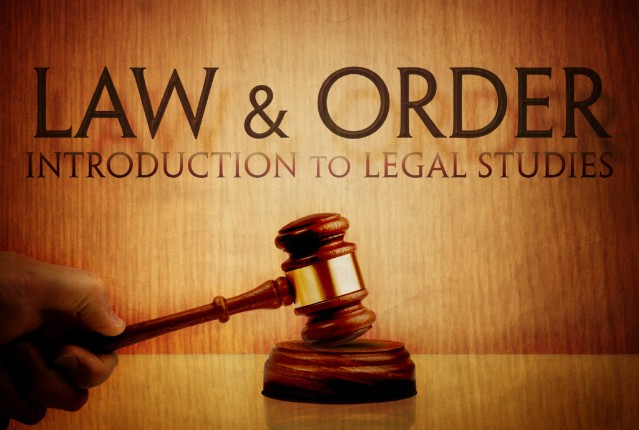
Forensic Science II: More Secrets of the Dead
The best way to battle crime these days is not with a weapon, but with science. Dig deeper into the science of forensics and the basic scientific principles used in the lab, such as toxicology, material analysis, microscopy, and forensic anthropology. Find out how scientists use everything from insects to bones to help them solve crimes. And discover how advanced techniques and technology can lead to catching even the craftiest criminal.
Review course outlineAccess for a year
USD 299.00*
* Choose more courses to get a discount




